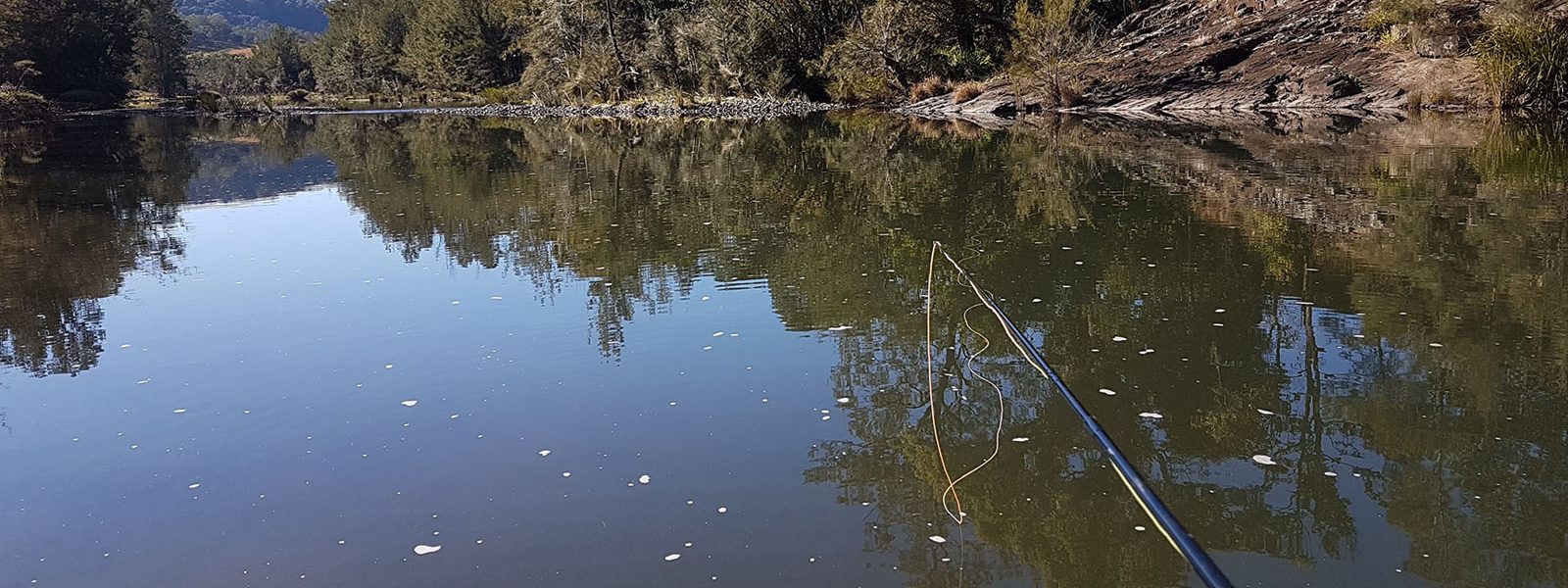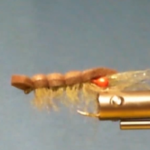
The Poppin’ Flats Shrimp is a great saltwater pattern for baby tarpon, snook, bonefish, and anything else lurking near the mangroves or on the flats. It is easy to cast with great movement in the water. In shallow water fishing it on a floating like will work, but a full sinking line can give it some different action. Read More »
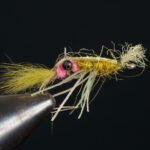
The TDF Shrimp, from Blue Ribbon Flies and tied by Craig Matthews, is the “To Die For” Shrimp is a capital bonefish fly all over the tropics. It can be tied in white or olive.
Materials
- Hook – Umpqua XS420 BN5X, Size 8
- Eyes – Small Black Bead-chain Eyes
- Thread – White 6/0 Uni-Thread
- Tail – Natural Snowshoe Rabbit
- Shell – Back White Straight Zelon
- Dubbing – TDF Pink & White Improved Sparkle Dubbing
- Legs – White Fine Round Rubber Legs

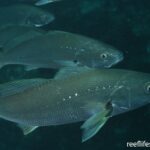

The Mulloway is the common name for Argyrosomus japonicus (previously called Argyrosomus hololepidotus), which are found in coastal waters from Rockhampton in Queensland to North West Cape, Western Australia (excluding Tasmania). In the tropical north it is replaced by the Black Jewfish Protonibea diacanthus. Read More »


Welcome to the June edition of Flycast.
We enjoyed our short sojourn with the family in Darwin although once again no fly fishing. It seems that actual fly-fishing guides are in short supply in Darwin even though there is a very active fly fishing club. Read More »
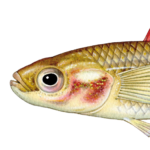
There are a large number of gudgeon species native to Australia however by eliminating those found only in the tropics and those limited to altitudes below 700 metres (Dunmore is above 1300 metres) left us with only six species. The records of sightings in the “Atlas of Living Australia” decreased this number to two, being the the western carp gudgeon (Hypseleotris klunzingeri) and the flathead Gudgeon (Philypnodon grandiceps)
Both are fairly similar in general appearance, being small and laterally compressed with two separate and distinct dorsal fins and a truncate to slightly rounded tail. Read More »


Welcome to the May edition of Flycast.
As Monty Python would say, “Now for something completely different.”
The Dunmore article reports that Redfin perch have become prolific in the main lake in front of the lodge. Whilst wading through shallow water flooding the surrounds of the lake we noticed a large number of very small fish that we took to be juvenile redfin. Read More »
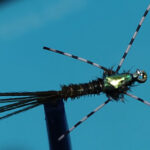
Materials
- Hook – Togens wet Hook 14-16
- Thread – Black 14/0
- Tail – Pheasant tail fibres
- Body – Pheasant Tail fibres
- Rib – Fine copper wire (stereo speaker wire)
- Wing Case – Flash
- Thorax – Peacock herl
- Legs – Montana Fly Company Centipede Legs.

Materials
- Hook – Togens wet hook size 12-14
- Bead – Fluoro Orange 2.5mm or 3mm (cone style, not slotted). 5/64 Orange bead
- Thread – Black 14/0
- Tail – Black cock hackle or a make up brush
- Rib – Fine Fuchsia tinsel or fine silver wire.
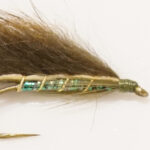

Gambusia were introduced into Australia from North America in 1929, in a misguided and unsuccessful attempt to control mosquitoes. In appearance they are very similar to a guppy, except the Gambusia males lack the large colourful tail of the male guppy. Read More »
Several months ago I came across a DPI grant advertisement where funds were available for various fishing related projects, including “fish releases”. So, on behalf of Hastings Fly Fishers I put together an application requesting $30,000 to purchase some 23,000 Dusky Flathead fry/fingerlings from Searles Aquaculture near Yamba. Read More »
